Mateo Revillo / Pentimento / 23.01 - 27.02 / 2021
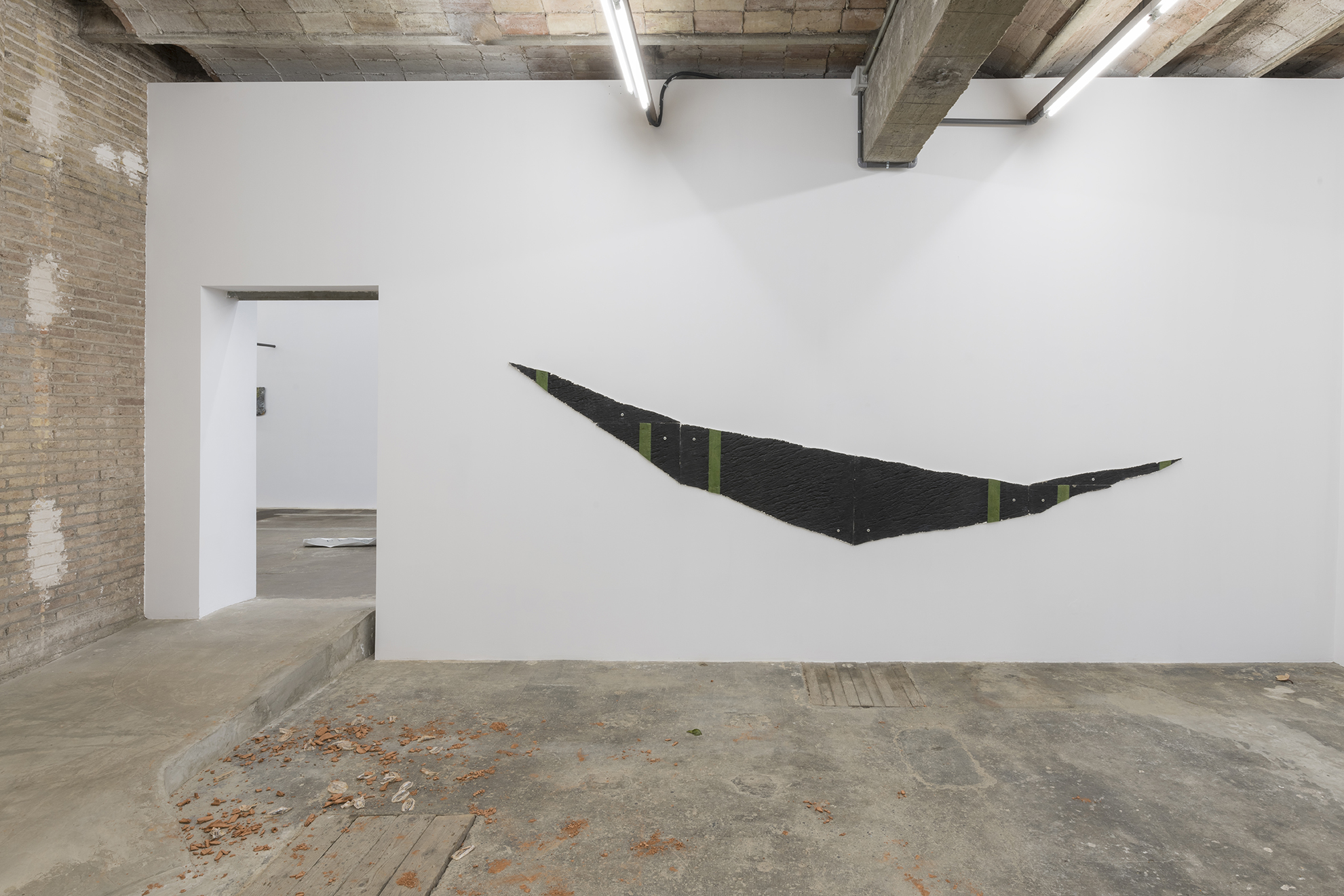
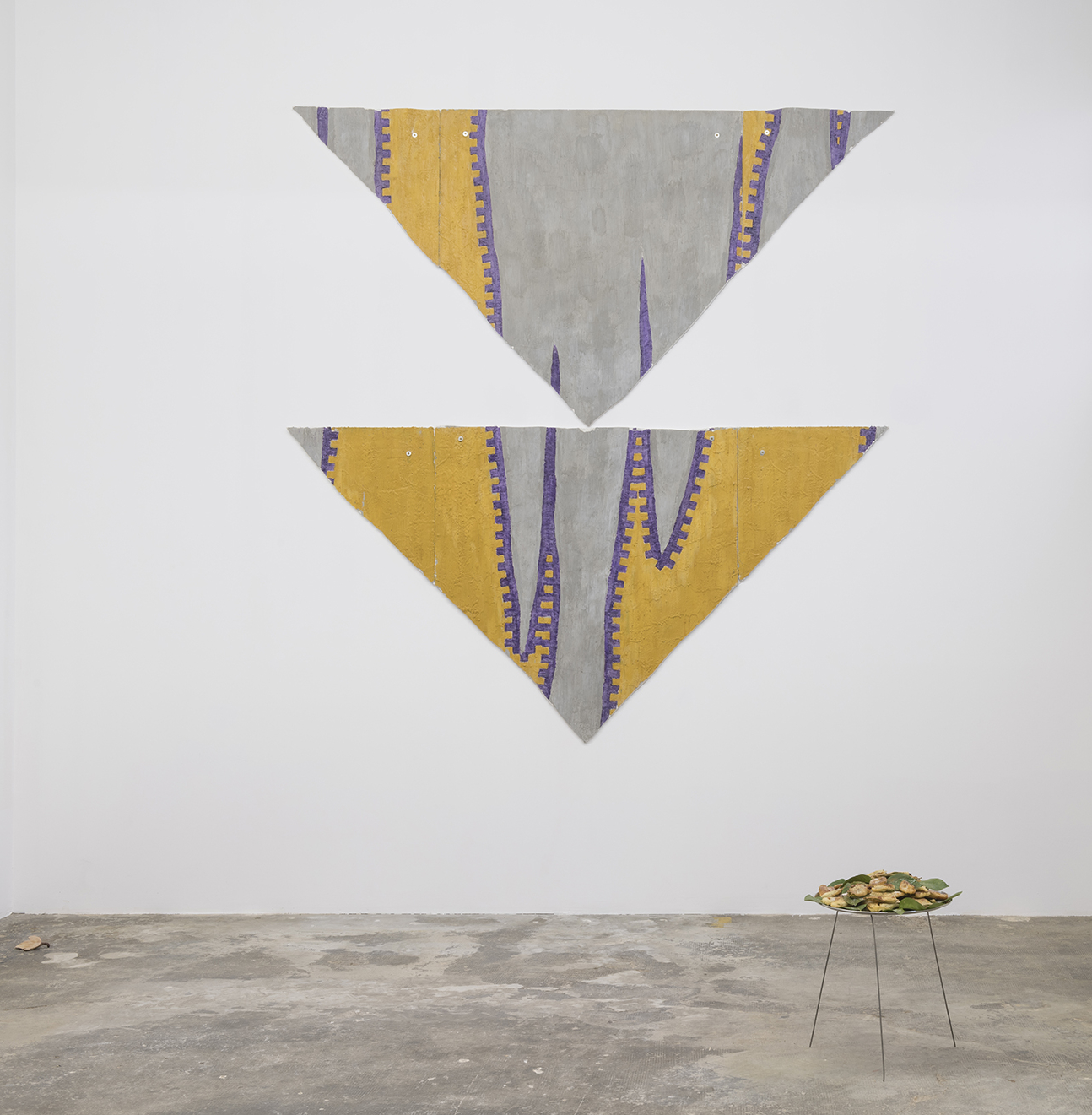
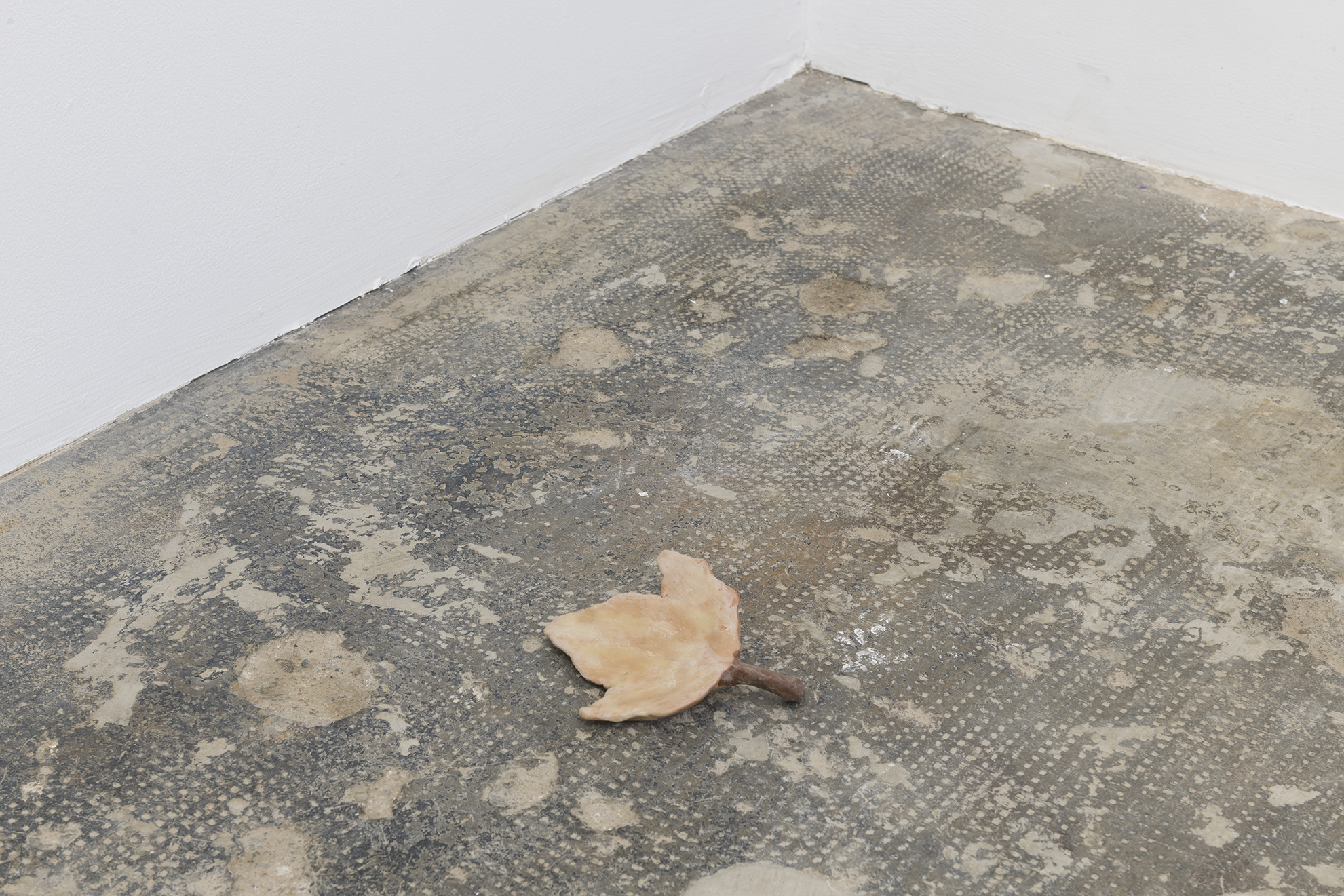
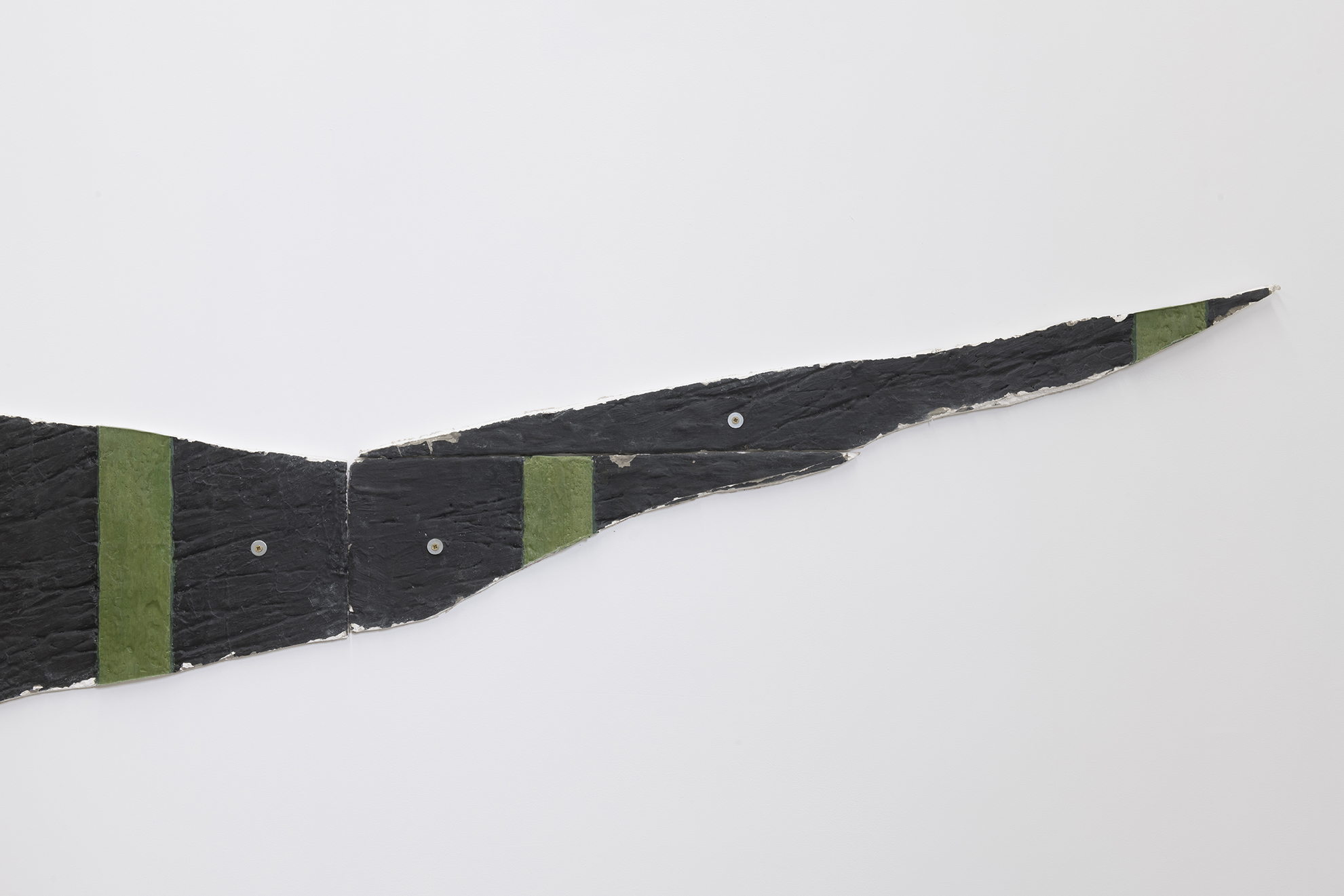
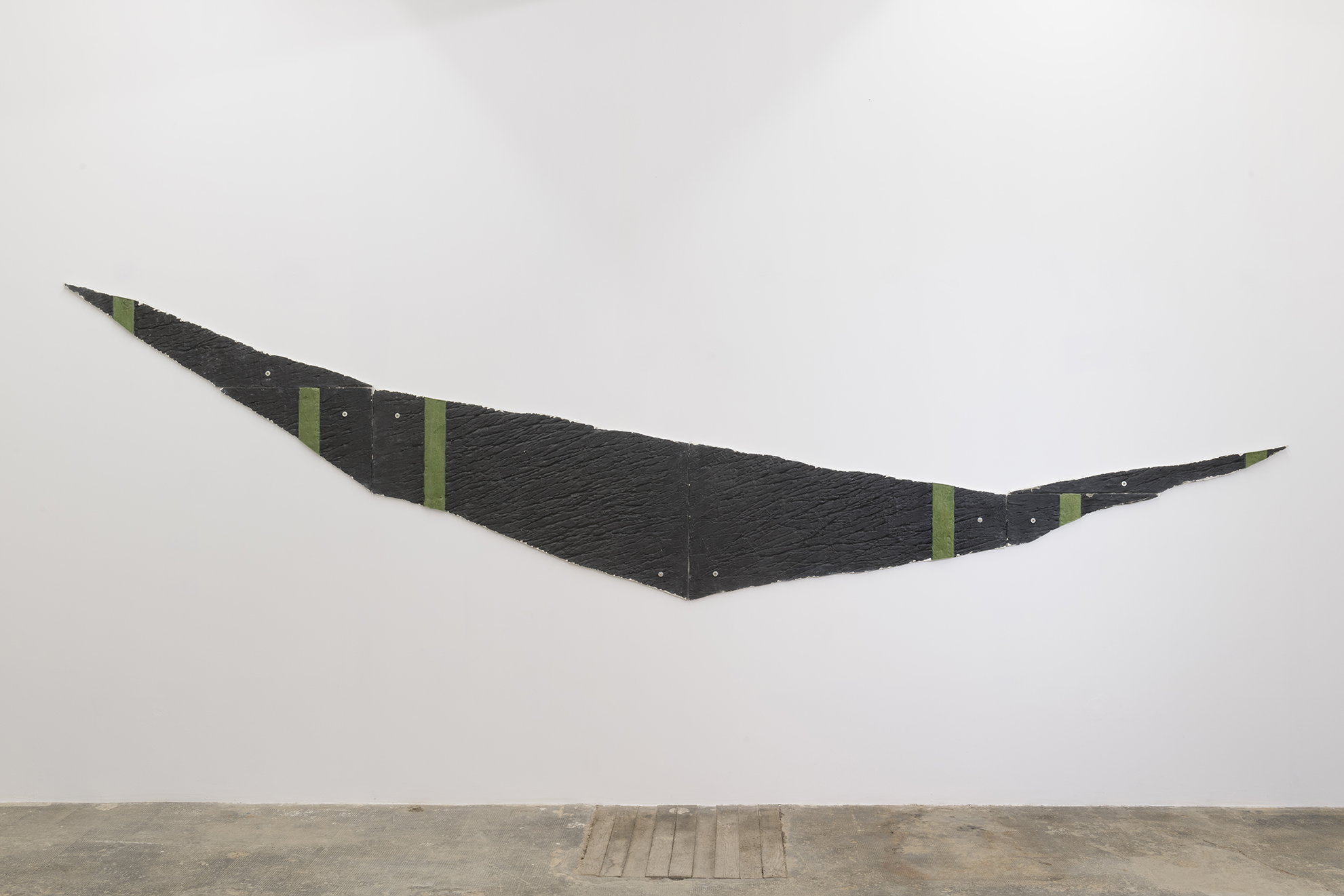

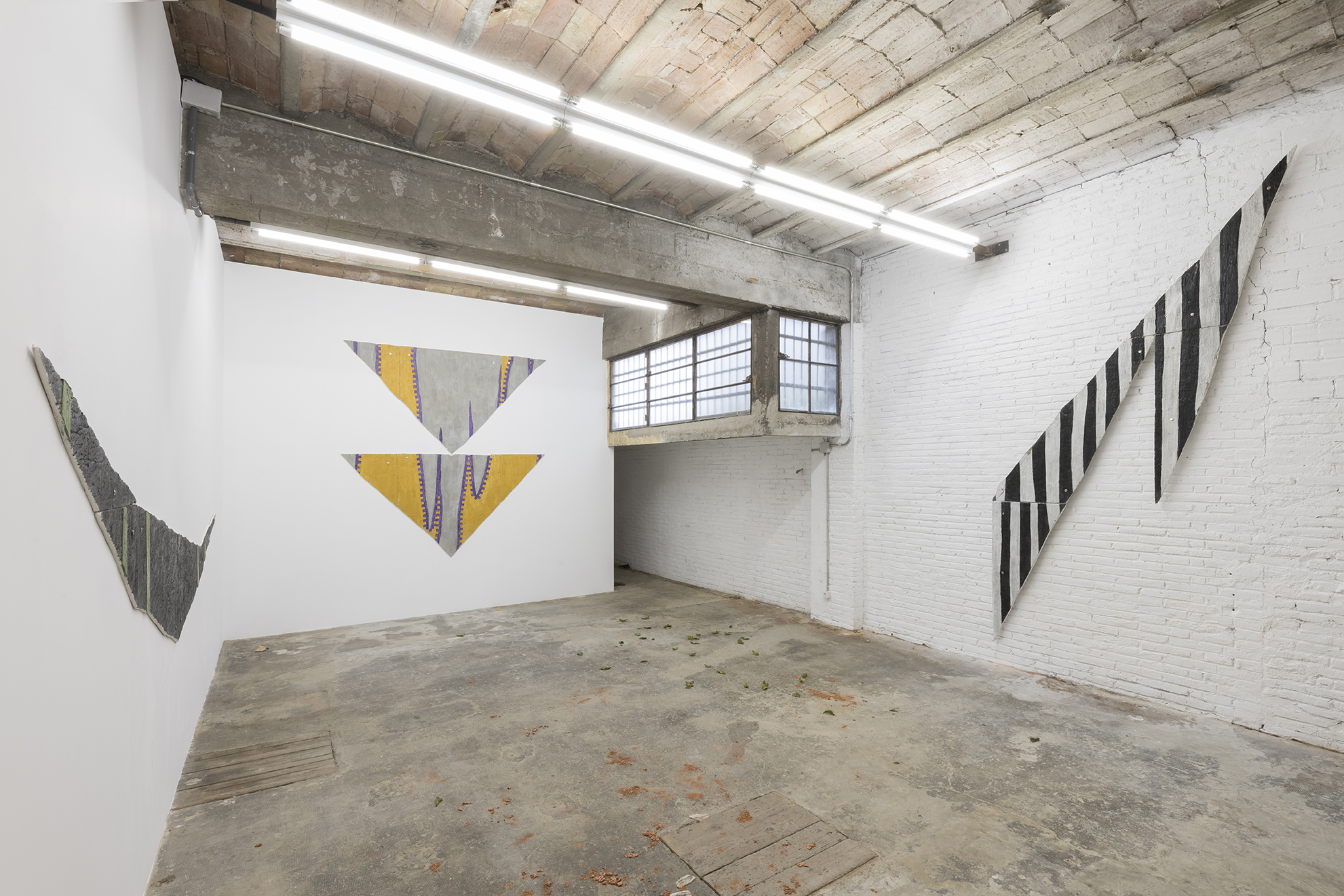
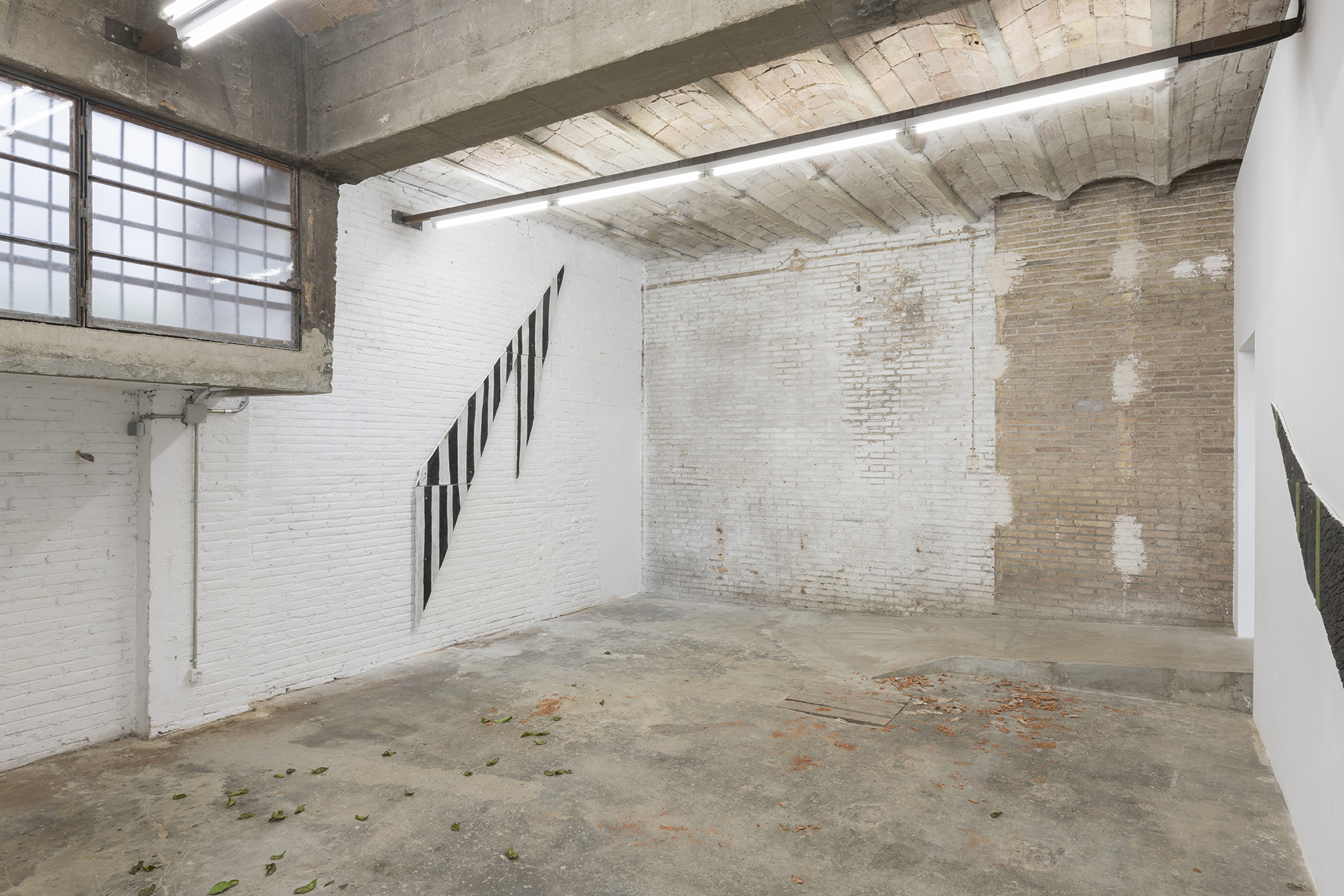
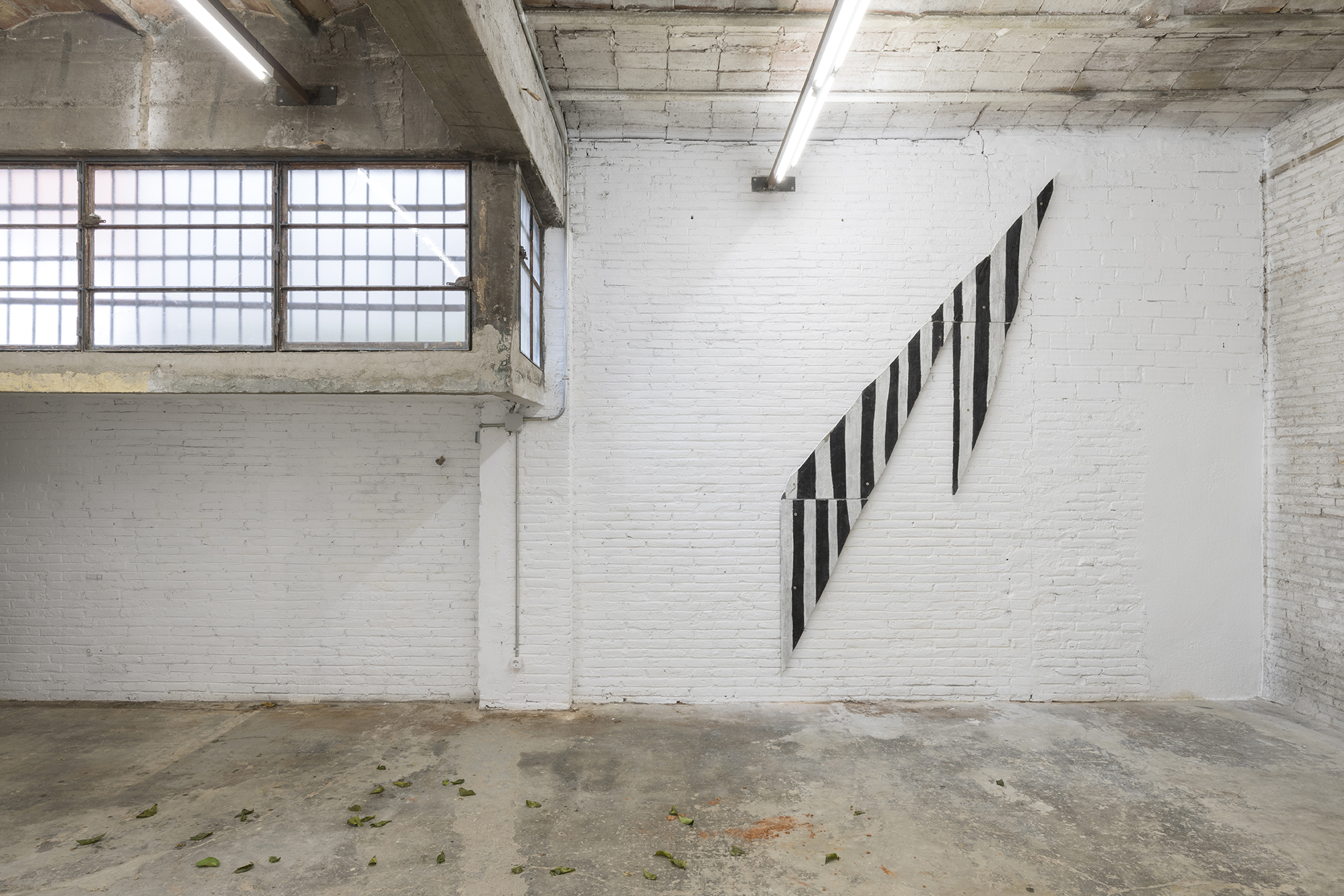
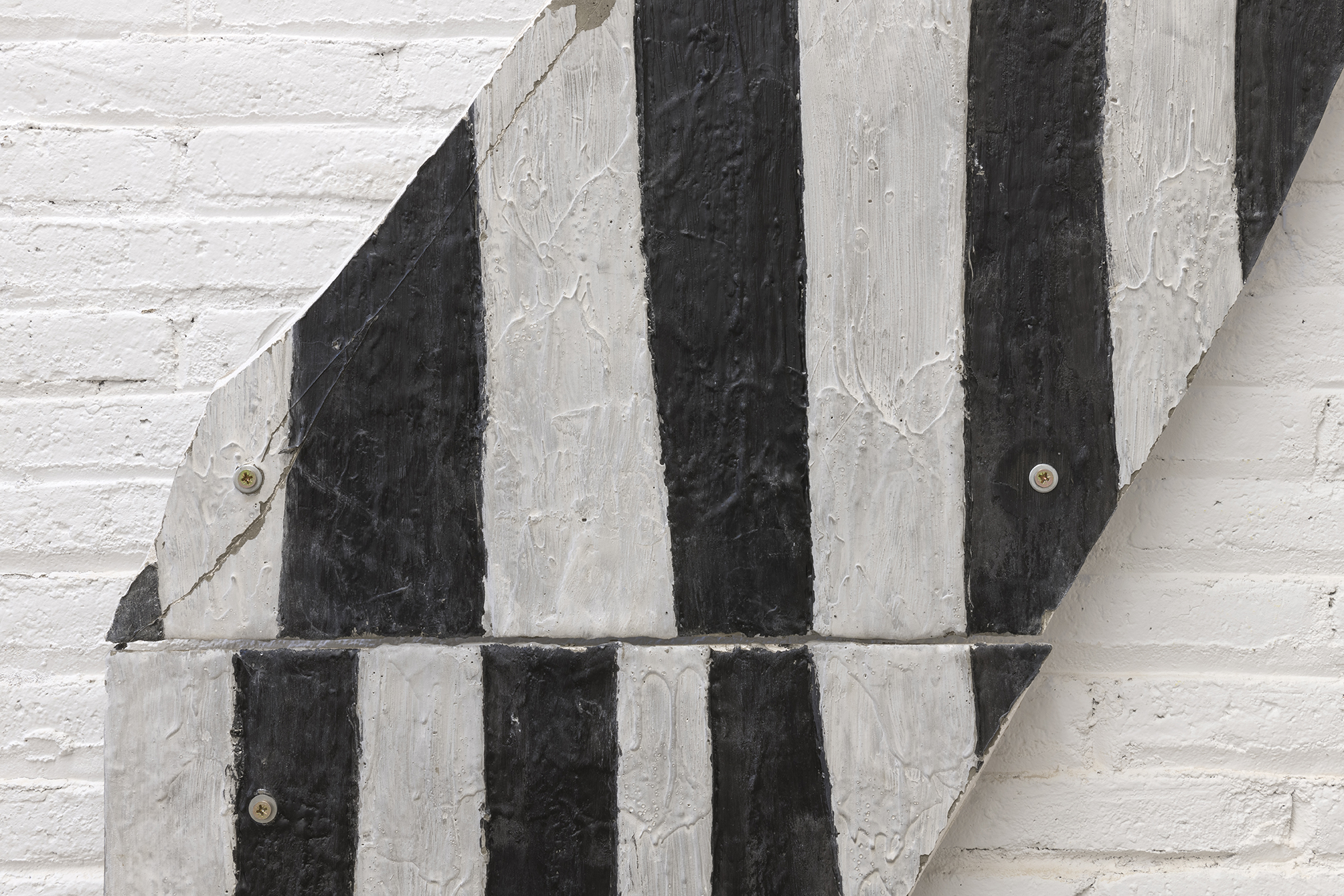
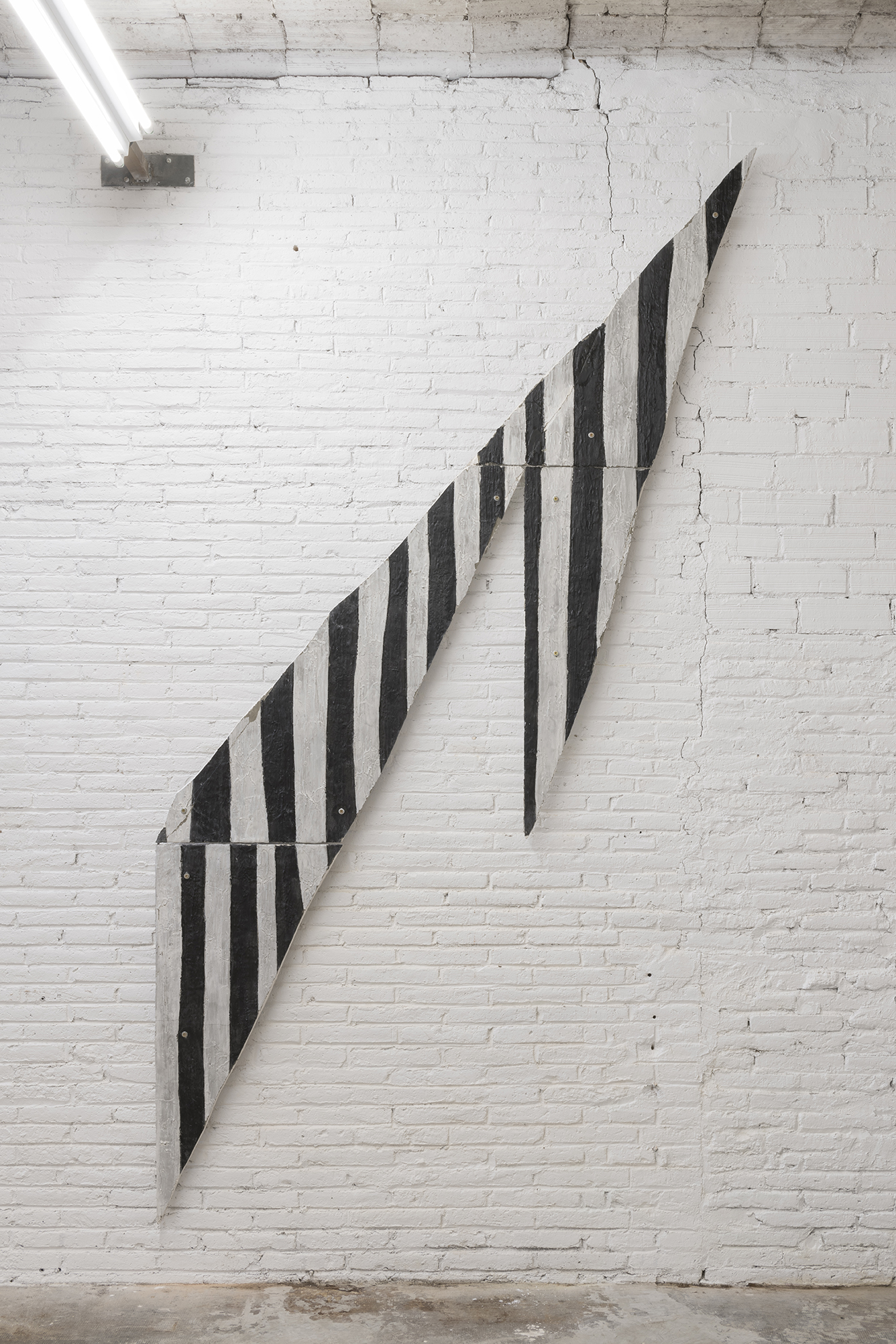
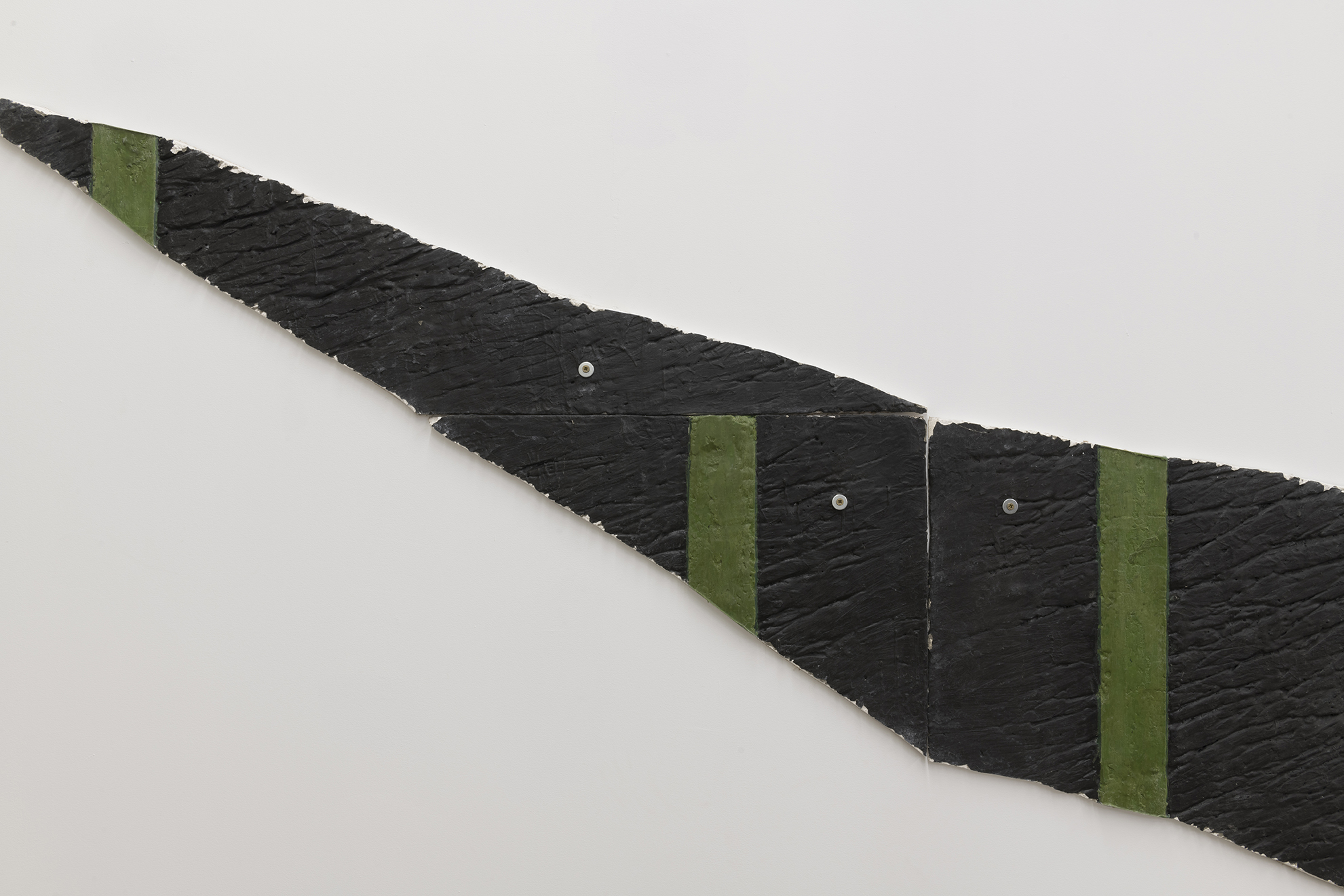
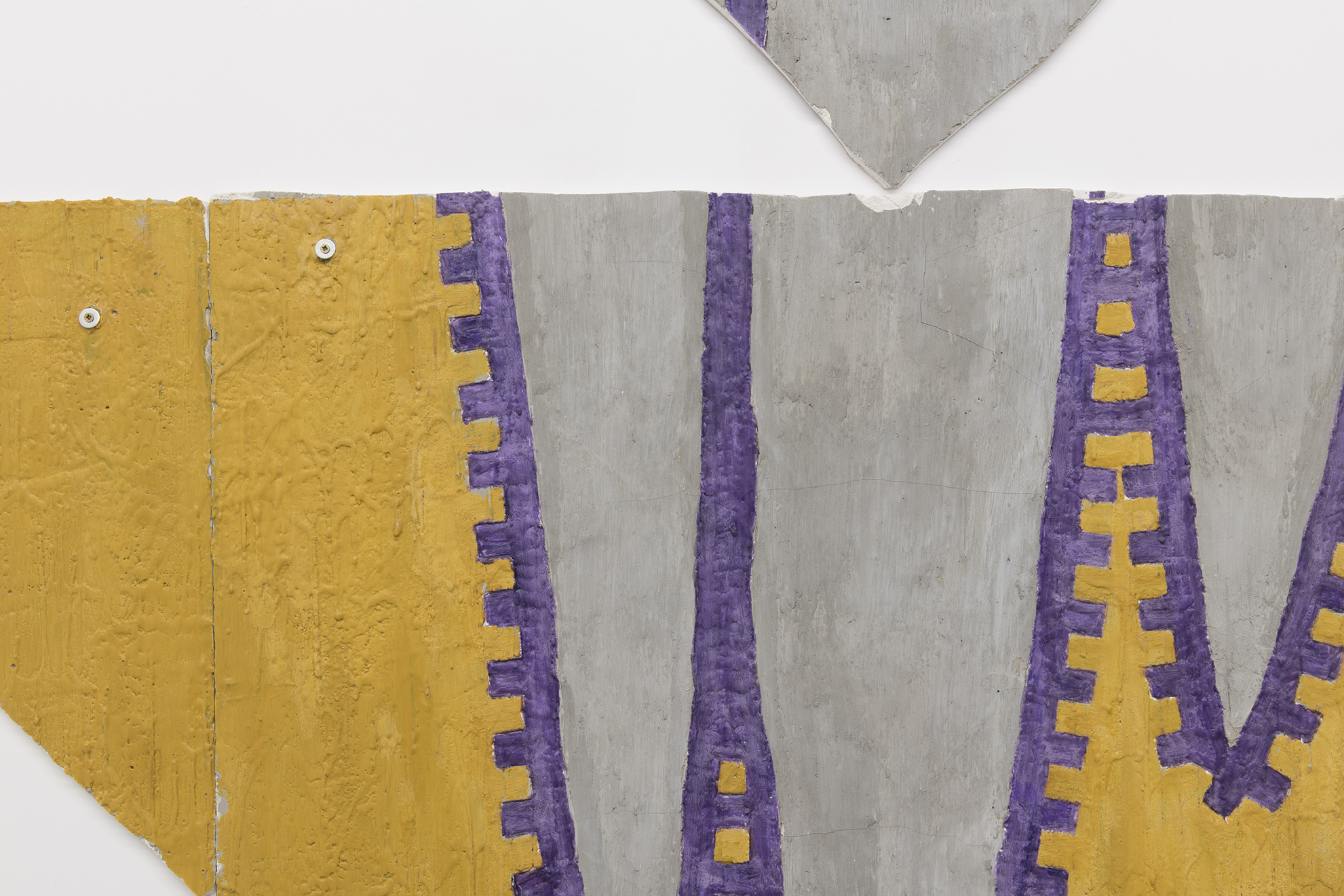
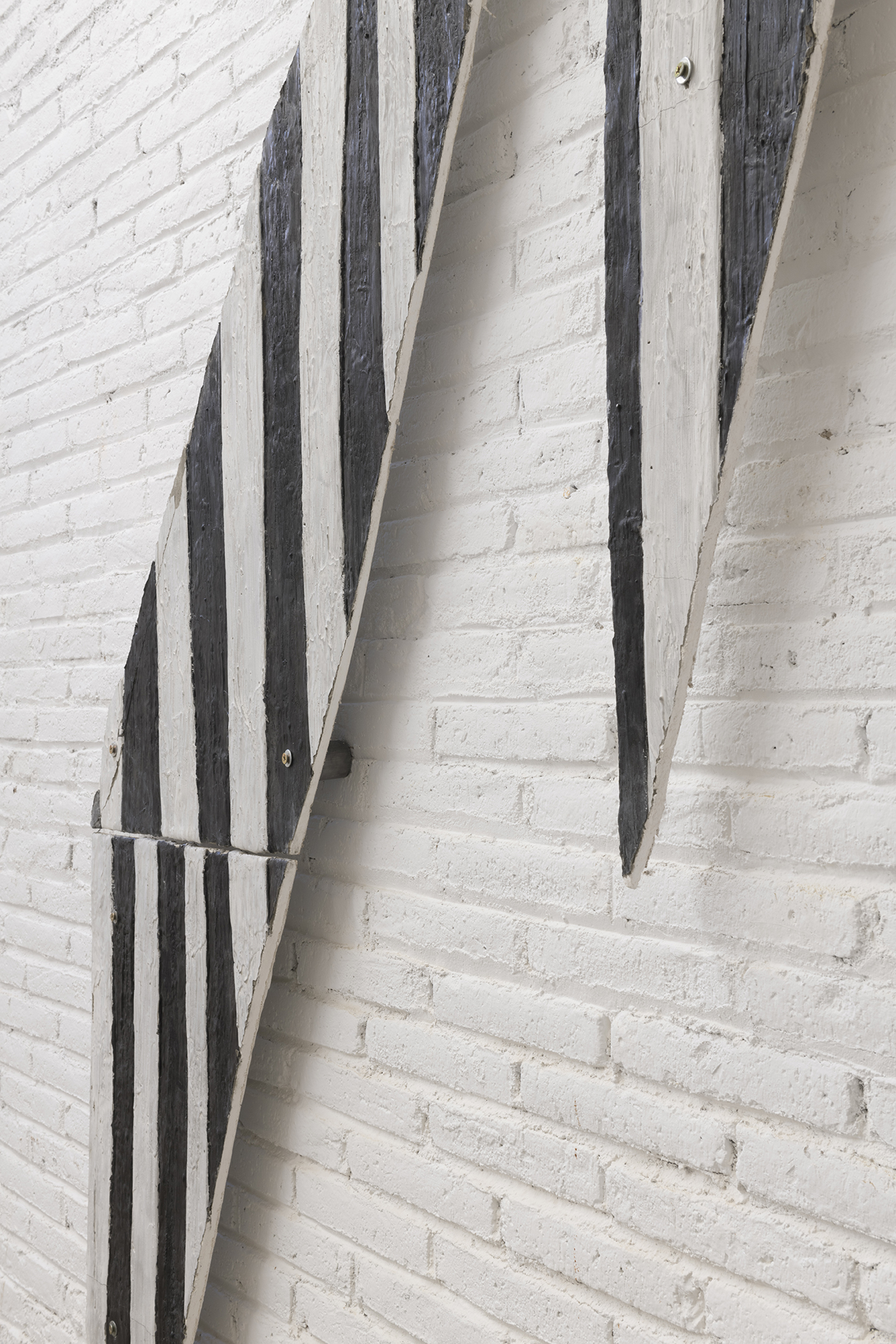
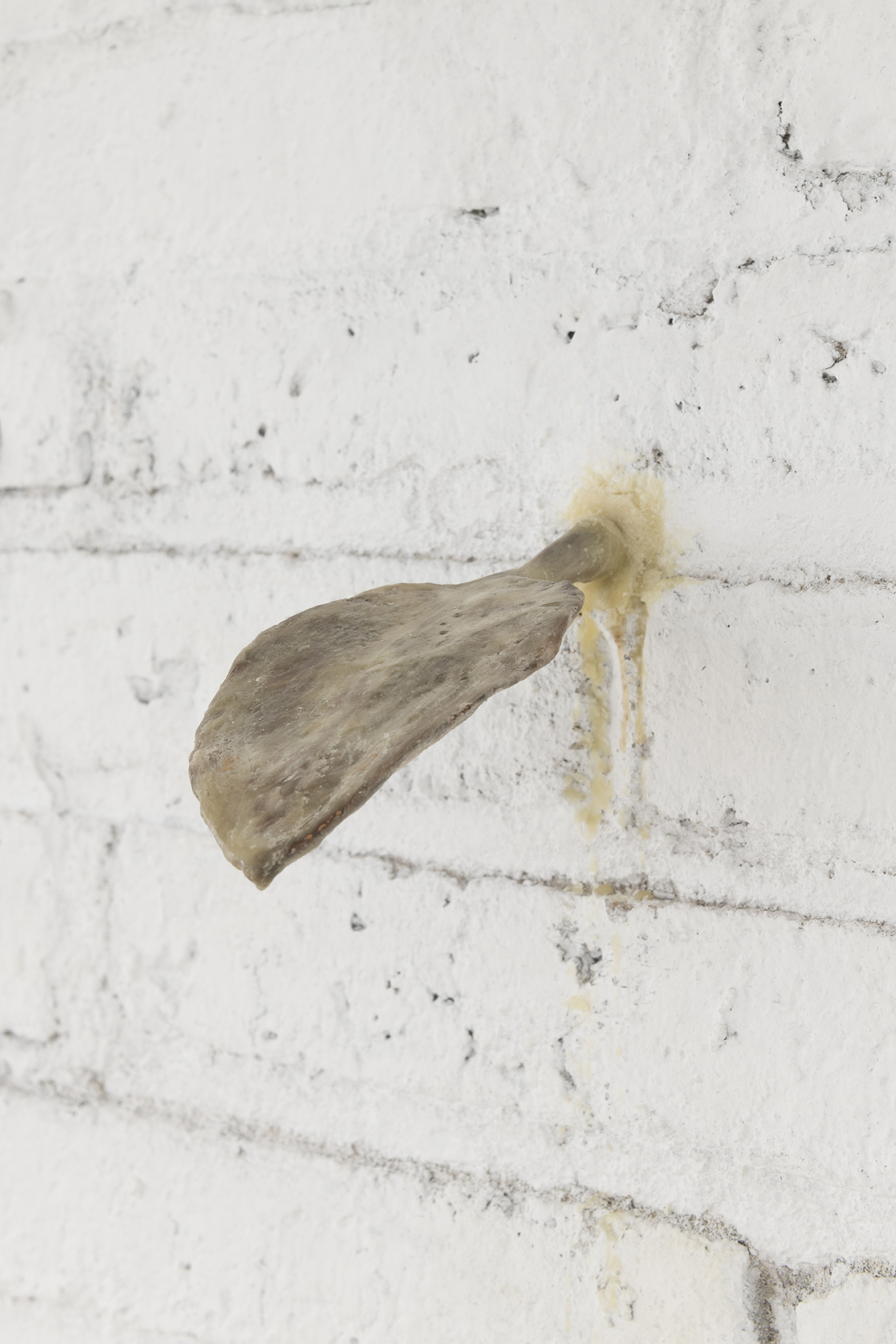
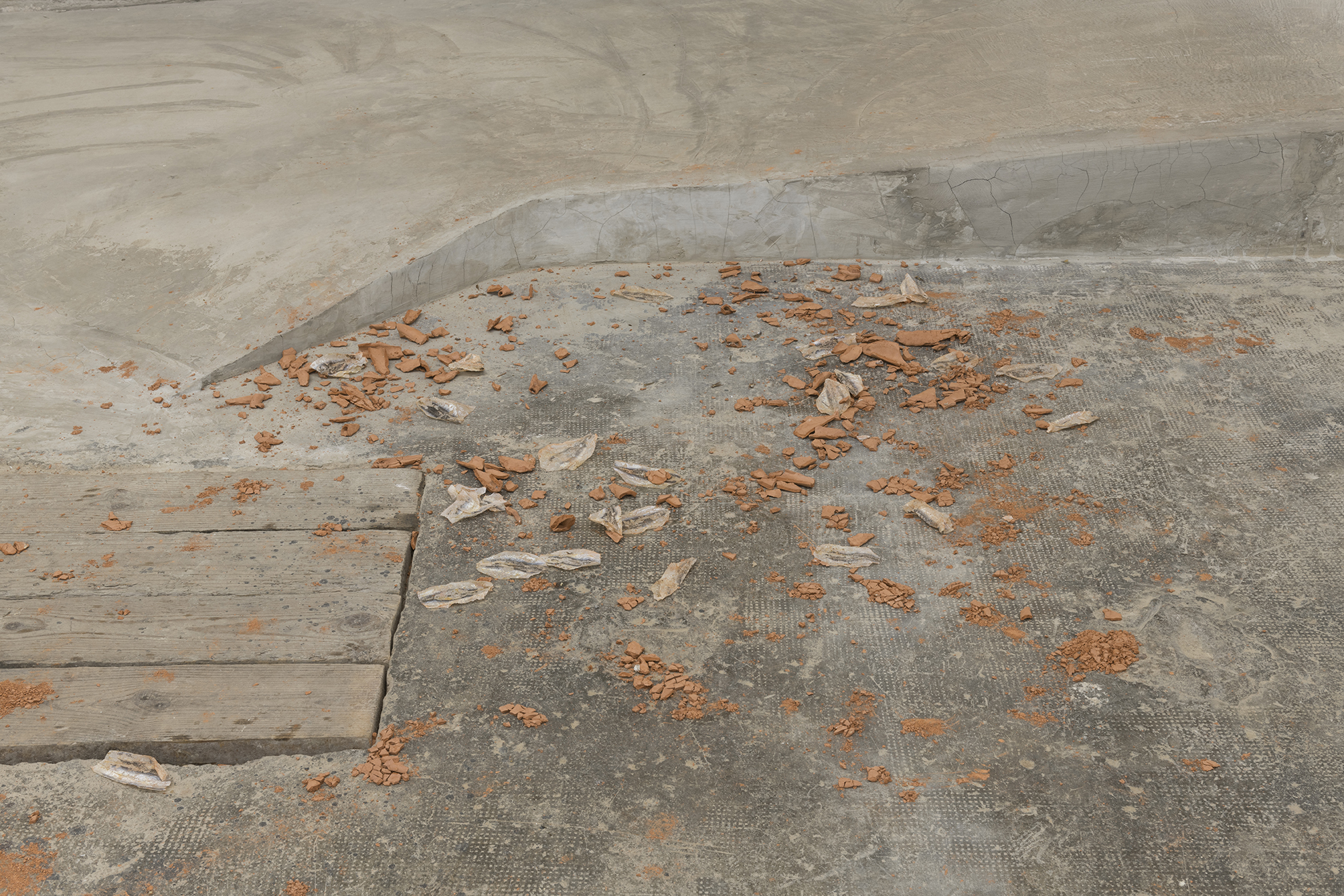
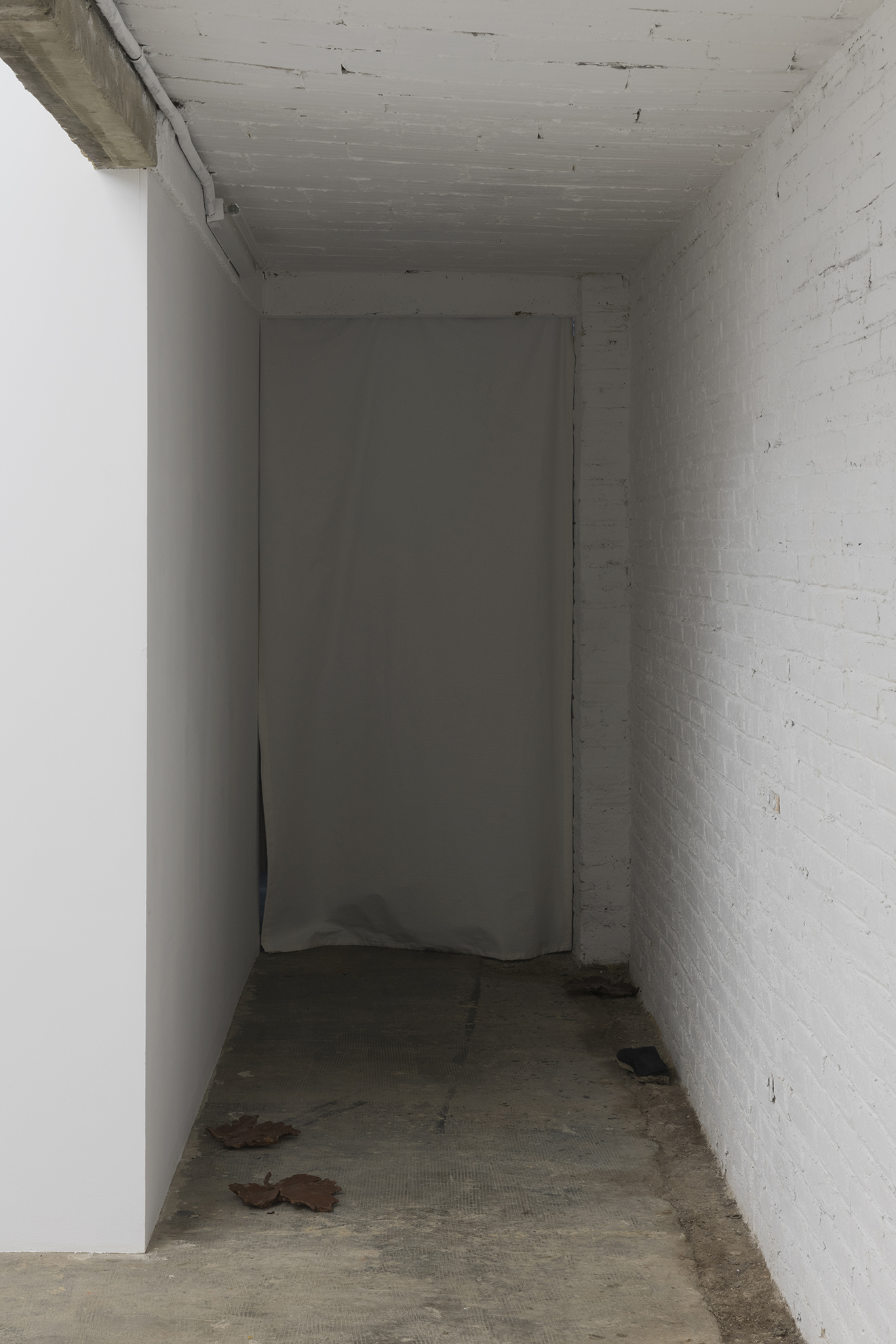
Painting is surprisingly adept at reinventing itself. Just when it seems to be dying down, it always and inexplicably finds a way back, to the detriment of other techniques which are seemingly better-adjusted to the era in question. This dynamic and inexplicable quality of painting is where Mateo Revillo (Madrid, 1993) has decided to focus a good deal of his artistic practice.
In Pentimento, Revillo's first exhibition at the gallery, the artist presents a series of murals made with plaster, cement, beeswax and pigment, which serve as the focal point of the exhibition. These works operate in and around the uncertain terrain of mystery, drawing upon contemporary abstraction as well as the artist's own fascination with ancient times and Mediterranean civilisation. Pentimento thus traces a vast timeline, linking the primitive frescos of the Minoan cultures, on the one hand, with the breaking of the rectangular format as proposed by the early proponents of Minimalism. Curiously, even if the more attentive spectators notice these references, they will still be surprised by the radical innovation in this painting, which surpasses itself in its sheer vitality and energy.
These works are keen to evoke a hectic, immediate and savage world. Their colours make reference to the hours around dusk and dawn, when the world appears rough and unreal. Even so, they reveal a willingness for order, represented by the modular arrangement of the plaster slabs, which in turn shows the artist's interest in matters of architecture and construction. Again, Revillo works with a broad frame of reference, and this can take his work, and all its possibilities, in many wildly different directions.
Revillo himself acknowledges that one of the most beautiful aspects of his working method is that he is never completely certain about where the different elements in his peculiar shards begin or end. This is why he refers to "pentimento", the kind of regret, and revision, as referenced by the name of the exhibition. As such, painting rewrites itself, it borrows from tradition while, at the same time, chipping away at it with new strips, grooves, daubings, colours and techniques. A kind of painting which is not devoid of all possibilities once complete, since it apparently retains the potential to change its materials into some brand new manifestation. Ultimately, this is a kind of painting conceived as the permanent rewriting of time upon its own body.
It is not strange, therefore, that this exhibition references Dionysus, the Greek god who represented the irrational, the excessive and the forbidden, but who also symbolised the constant expansion and transformation of life. Expansion, transgression, vitality, tradition and transformation... and, during some periods of the aforementioned excess, perhaps some degree of regret. All of these attributes were indeed present in the myths about Dionysus, or Bacchus. Mateo Revillo makes use of these elements not only to introduce and bridge between the vastly different interests and tensions that we can find in his work, but, perhaps, also to establish a parallel with the practice of painting, a practice that always seeks to exceed the limits within which, often in artificial ways, we seek to enclose it.